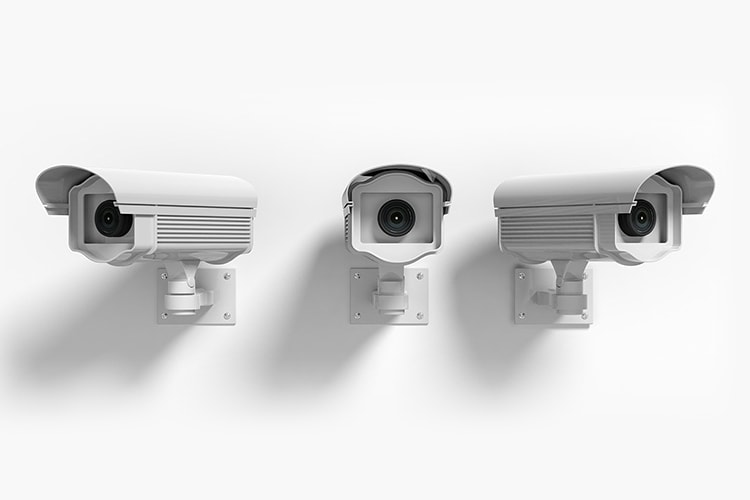Alarms 101

Alarm Security Basics
Even if you have not given much thought to the components that make up an alarm system and how they work together to protect your property, you probably know your alarm system is actually providing you with three layers of protection:
- Perimeter protection – This includes doors, windows and skylights where an unauthorized entry might occur. Pay extra attention to areas adjacent to adjoining property, which have been entry points for burglars lately.
- Area protection – A motion detector will sense body heat or motion when an unauthorized person is onsite at an unauthorized time.
- Object protection – This protects the safe/vault against tampering.
To provide this protection, your alarm system includes the following components:
- Control Panel – This is the “brains” of your alarm system. All perimeter detection is wired to the control unit and it sends signals to the central station, which monitors the signals and contacts you in the event of an alarm condition.
- Motion detector – It senses unauthorized movement inside the premises.
- Door contact – It detects unauthorized opening of a door.
- Glassbreak detector – This is a device that senses an attack on that particular surface.
- Safe protection door contact – It detects whether a safe is open or closed.
- Electronic vibration detection (EVD) – This is a highly sensitive and specialized microphone attached directly to objects such as safes, filing cabinets and art objects, or to surfaces such as floors, walls, windows and ceilings.
- Communicator – An essential part of your alarm, it sends signals to the control panel of the unit via cell signal or internet.
When possible, choose an Underwriters Laboratories (UL) certificated alarm installation. That way, you can rest assured that it meets the highest levels of quality for equipment, service design and signal handling.
Source: Jewelers Mutual